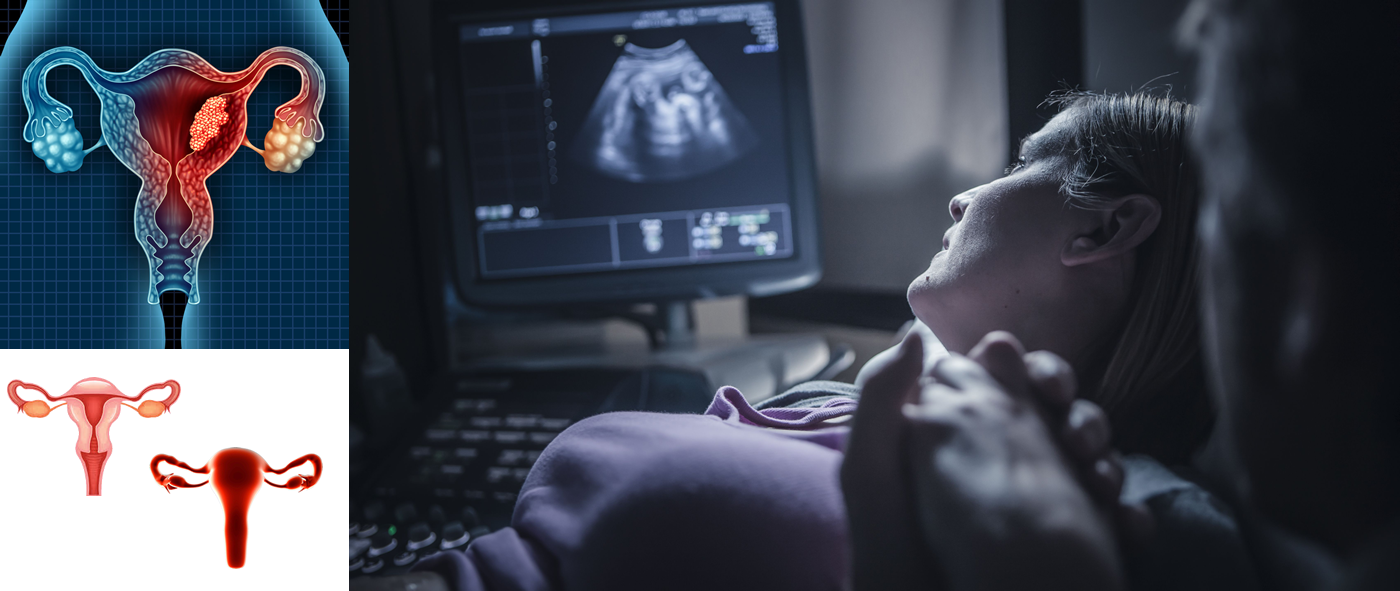
A hysterosonogram or HSN, (also known as sonohysterogram, saline ultrasound, saline sonogram, or saline infusion sonogram) is a minimally invasive ultrasound procedure that can determine if there are abnormalities inside the uterus that might interfere with pregnancy.
- A Salpingosonogram or Sonosalpingogram is a similar procedure which is extended further to involve the Fallopian tubes to detect tubal pathologies such as tubal blockages that may impair fertility.
It is important to have an evaluation of the uterine cavity with a sonohysterogram before proceeding with an IVF cycle.
This test involves no radiation, and there are very few risks from the procedure as well as least discomfort as compared to the conventional x-ray guided Hysterosalpingography.
Compared to a regular ultrasound, a sonohysterogram is better at detecting abnormalities on the inside walls of the uterus because it involves infusing sterile fluid inside the uterus. This way, the walls of uterus separate from each other and any abnormalities that might have been hiding right along the sides of the walls will be easily identified.
A hysterosonogram/salpingosonogram is often recommended for women who are having:
- Difficulty conceiving a pregnancy.
- Recurrent miscarriages
- Abnormal vaginal bleeding
Since a Hysterosonogram and Salpingosonogram gives such a detailed view of the inside walls of the uterus and the tubal pathologies respectively, both can identify many types of abnormalities that might prevent pregnancy or a normal pregnancy from developing.
Studies have shown that it can detect over 90% of abnormalities inside the uterus. Some of these abnormalities include:
- Polyps
- Fibroids
- Scar tissue and adhesions
- Uterine abnormalities such as Bicornuate Uterus, uterine septum etc.
- Tubal blockages



